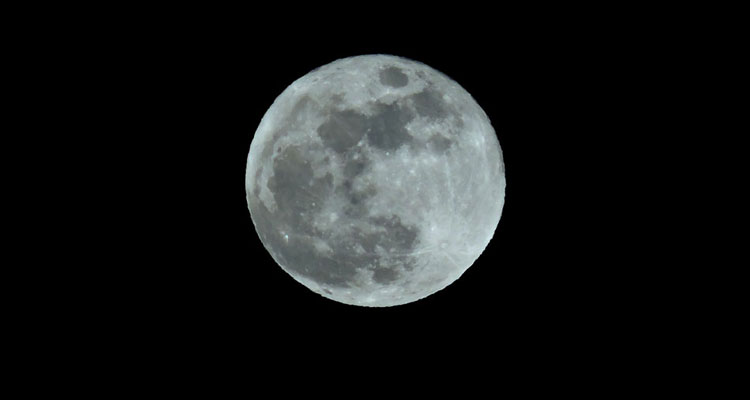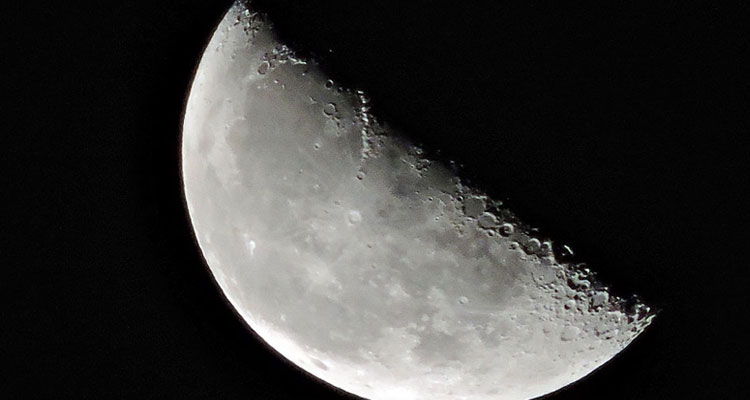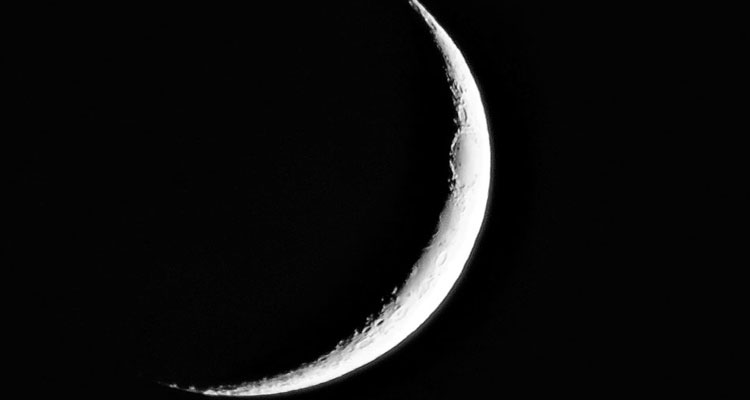Photographing the moon can be exasperating.
You’re feeling inspired by the stunning beauty of the full moon, and you want to capture it. You get out your camera, compose your shot, press the shutter, and—argh. All you have to show for it is a small white dot in the middle of a black background. So much for your feeling of inspiration. Well, if this has been you, don’t be embarrassed because…you’re not alone. As a beginner, I believe I know the feeling. The good news is, a bit of practice and a few simple tips can make all the difference. This post will highlight a few of the lessons I’ve been attempting to learn in the last few months of moon photography, and it’s here to encourage others to start—tonight!

First things first: use the right tools. If you are fortunate enough to own a DSLR with a good-quality telephoto lens, then you’re practically all set. However, for a more economical alternative, I’ve found that bridge cameras work great too. (They’re cheaper, and most have spectacular optical zoom.) And use a tripod. Always. Otherwise, you’ll probably have major problems with blurry shots.

Secondly, don’t rely on your camera’s auto mode. I know it’s tempting. But as the photographer, YOU are in control and you can always outsmart your camera! Try using “manual mode” and experiment to find the results you’re looking for. I hesitate to give exact exposure settings, since every camera is different, but digitalcameraworld.com recommends starting at ISO100, f/8 and 1/125 sec.

And finally, focus carefully. I don’t know about yours, but my camera gets really lazy about focusing when it’s all zoomed in on the moon. Take your time, and use manual focus if you have it. Or, if not, try setting your camera to “infinity” focus. This will help ensure that the entire lunar surface is in crisp detail.
And finally, have fun! Photography is all about being creative and trying new things. So…the next clear, moonlit night, grab your camera, set up a tripod, and start snapping photos!
